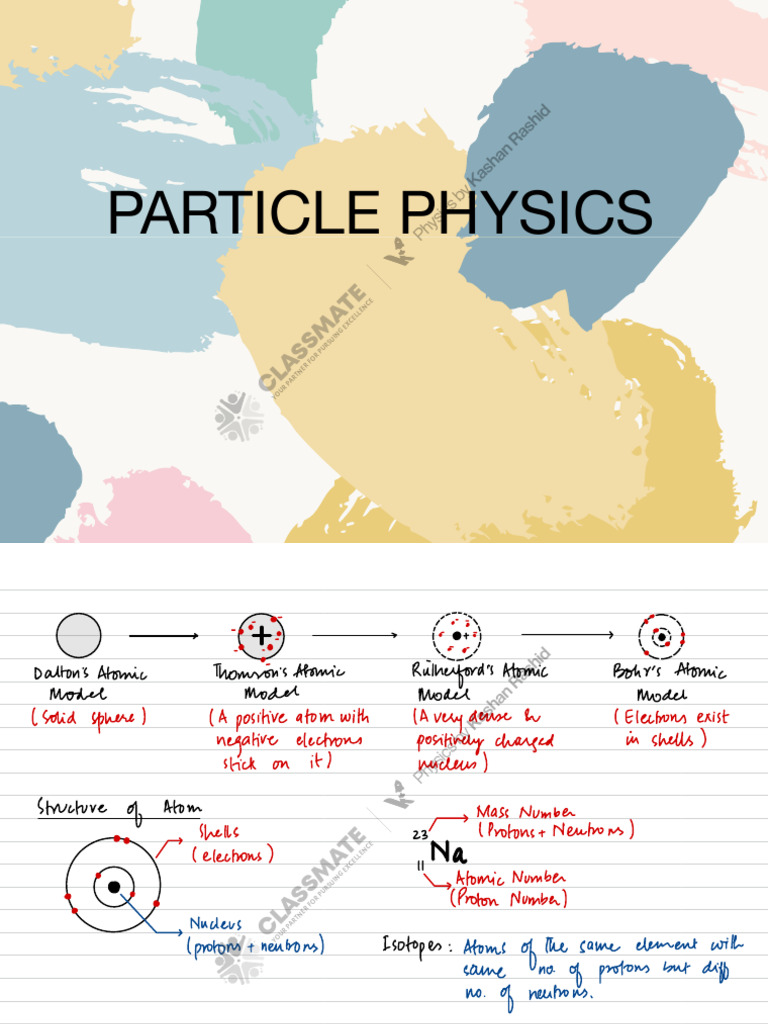Particle physics, an area of study dedicated to understanding the fundamental constituents of matter and their interactions, inherently demands a sophisticated mathematical foundation. Aspiring particle physicists often find themselves contemplating the extent of mathematical proficiency required to navigate this complex field. This inquiry encapsulates not only a matter of academic preparedness but also a reflection on the essence of the discipline itself, which fuses abstract mathematics with experimental veracity.
1. **Foundational Mathematics: The Necessities**
At its core, particle physics hinges on a set of foundational mathematical concepts. A comprehensive understanding of calculus, particularly multivariable calculus, is paramount. Calculus forms the bedrock of physical theories, allowing physicists to model dynamic systems, describe changes, and analyze the motion of particles. Integral calculus, for instance, is utilized to calculate probabilities and cross-sections in scattering processes. Furthermore, differential equations play a critical role in expressing physical laws, such as those governing wave functions and particle trajectories.
Linear algebra is equally essential, as it facilitates the manipulation of vector spaces and matrices that represent quantum states and transformations. The application of linear operators in quantum mechanics elucidates how particles can exist in superposition, a concept pivotal to understanding quantum behavior. Familiarity with concepts such as eigenvalues and eigenvectors becomes indispensable when delving into the specifications of a particle’s observable properties.
2. **Advanced Mathematical Techniques: The Complexities**
Beyond the foundational stage lies a realm of advanced mathematical techniques that particle physicists must grapple with. Group theory, a branch of mathematics that studies algebraic structures known as groups, is instrumental in the framework of particle physics. Symmetry principles, which are central to the Standard Model of particle physics, are elucidated through group theoretical approaches. These symmetries dictate conservation laws and interactions between particles, serving as a unifying thread that weaves through various physical phenomena.
Moreover, complex analysis emerges as a powerful tool in theoretical physics, particularly in quantum field theory (QFT). A firm grasp of complex variables can enhance the understanding of contour integrals and residue theorem applications, which are not uncommon in evaluating scattering amplitudes. As physicists work with the intricate fabric of particles and forces, the mathematical elegance encapsulated in these advanced theories becomes both an alluring challenge and a necessity.
3. **The Role of Computational Mathematics: Bridging Theory and Experimentation**
In the contemporary landscape of particle physics, computational mathematics has transformed the methodologies employed by physicists. The advent of high-energy particle accelerators and extensive data collection has necessitated the use of numerical simulations and statistical analysis. Proficiency in programming languages and algorithms has thus become an essential skillset for particle physicists. Commonly used tools, such as Monte Carlo simulations, offer insights into complex interactions that are analytically intractable, further marrying theoretical constructs with empirical data.
Familiarity with statistical methods is vital as well. Particle physicists must deftly interpret data from experiments where outcomes often manifest amidst overwhelming noise. Techniques such as maximum likelihood estimation and Bayesian inference come into play, providing frameworks for making sense of uncertainties and validating theoretical predictions against experimental findings. This interplay of theory, computation, and statistical inference encapsulates the multifaceted nature of modern particle physics.
4. **Philosophical Underpinnings: The Fascination with Mathematics**
The mathematical elegance inherent in particle physics often elicits a profound sense of fascination among practitioners. This allure stems not only from the mathematical sophistication itself but also from the philosophical implications of the theories developed. The pursuit of understanding the universe at its most fundamental level prompts an introspection into the nature of reality and existence. The abstract constructs that particle physicists wield transcend mere numerical manipulations; they invoke a deep-seated inquiry into the fabric of spacetime, energy, and matter.
This discipline encapsulates a rich tapestry of concepts, suggesting that the universe operates under a harmonious set of mathematical laws. The realization that complex behaviors and interactions can be distilled into elegant equations ignites a sense of wonder. Particle physicists, guided by mathematical principles, embark on a quest that continually seeks to unify and explain the many facets of nature, from the minuscule quarks to the expansive cosmos.
5. **Educational Pathways: Cultivating Mathematical Acumen**
The journey to becoming a particle physicist invariably involves rigorous academic training that prioritizes the development of mathematical prowess. Undergraduate education typically emphasizes a solid grounding in mathematics through coursework in calculus, linear algebra, differential equations, and advanced mathematics. As students progress, graduate programs delve deeper into specialized topics such as group theory, quantum mechanics, and statistical physics, accompanied by research opportunities that require the application of sophisticated mathematical concepts.
Moreover, interdisciplinary collaboration plays a pivotal role in advancing one’s mathematical skills. Engaging with fields such as computer science, engineering, and even philosophy can enrich a physicist’s understanding, thereby fostering a more holistic approach to problem-solving and theoretical inquiry. This interconnectedness enhances the ability to navigate the intricate web of particle interactions effectively.
6. **Conclusion: Mathematics as a Language of Nature**
In conclusion, the extent of mathematical knowledge required for a particle physicist is both vast and profound. From foundational principles to advanced theories, mathematics serves as a crucial instrument in unraveling the complexities of the universe. As physicists engage with the mathematical language of nature, they not only decipher the underlying mechanics of particles and forces but also explore the philosophical questions that emerge from their findings. The profound interplay between mathematics and physics captivates the imagination, propelling continued inquiry into the very essence of existence itself.












